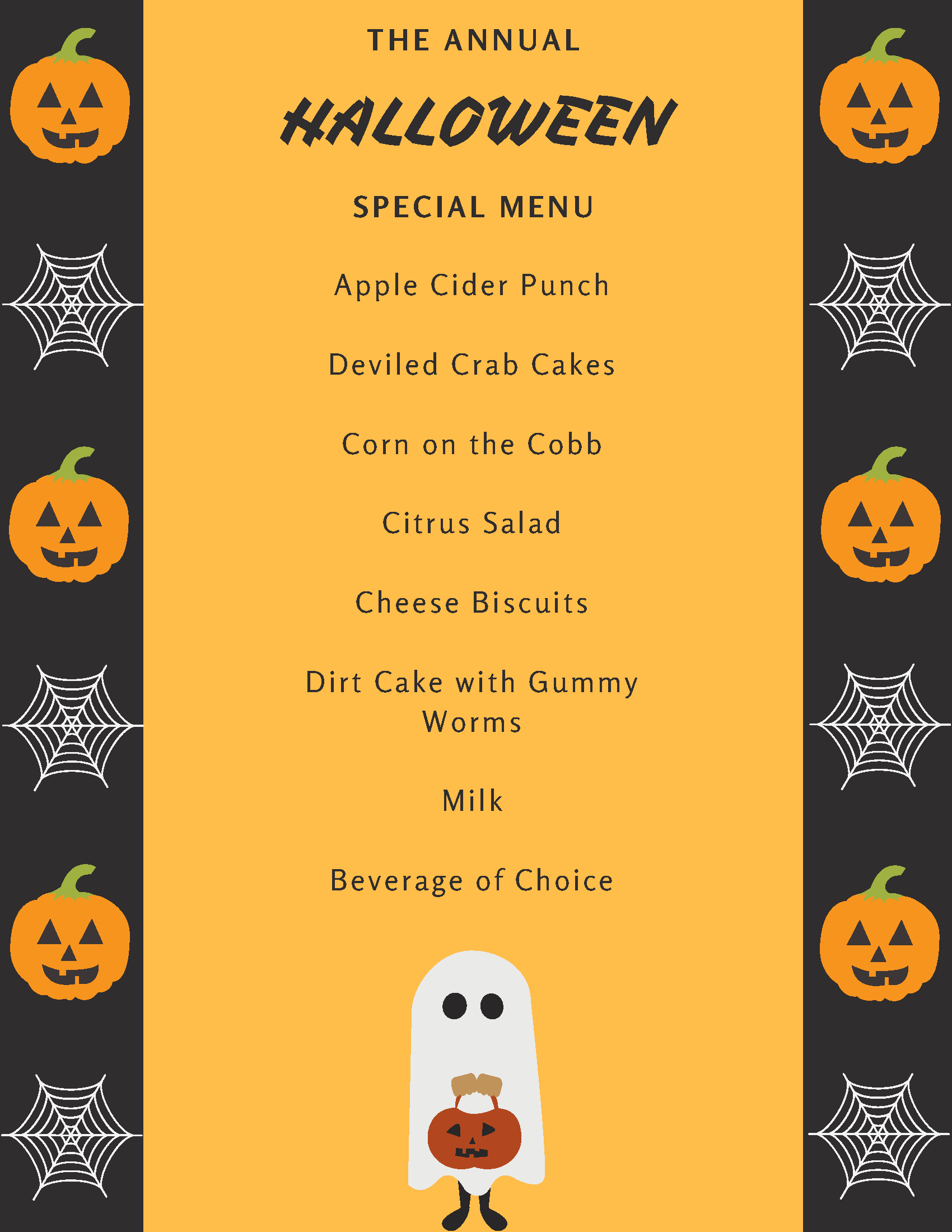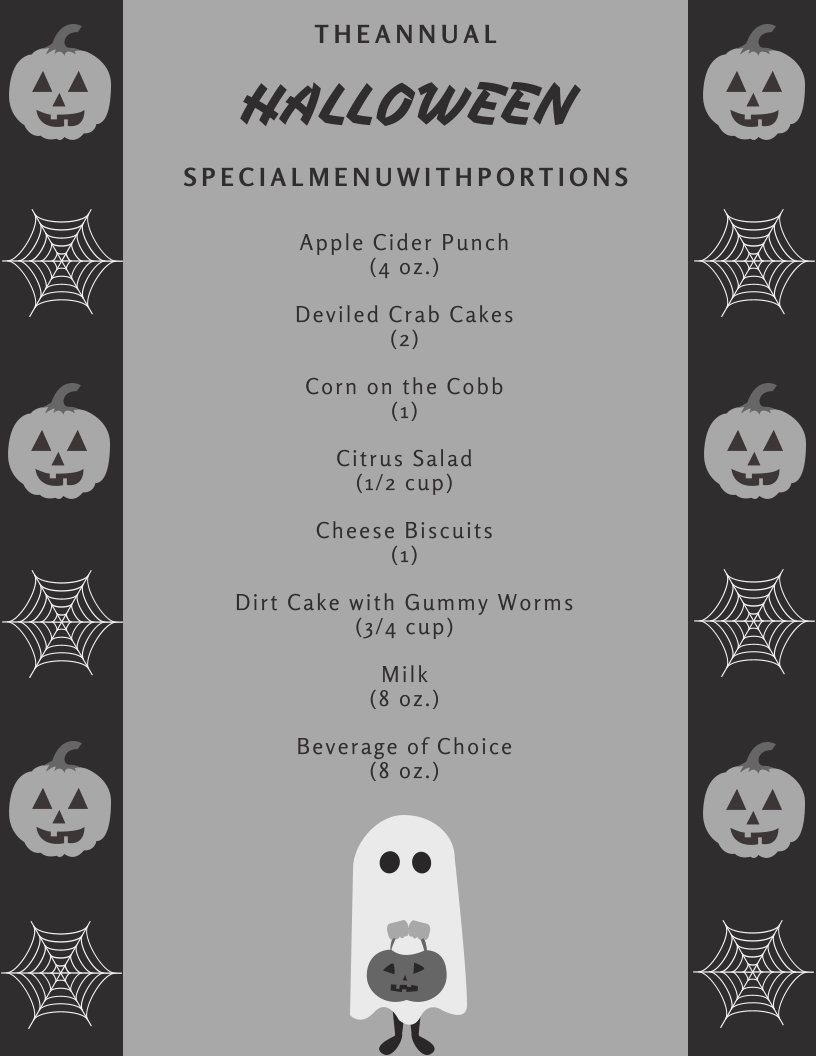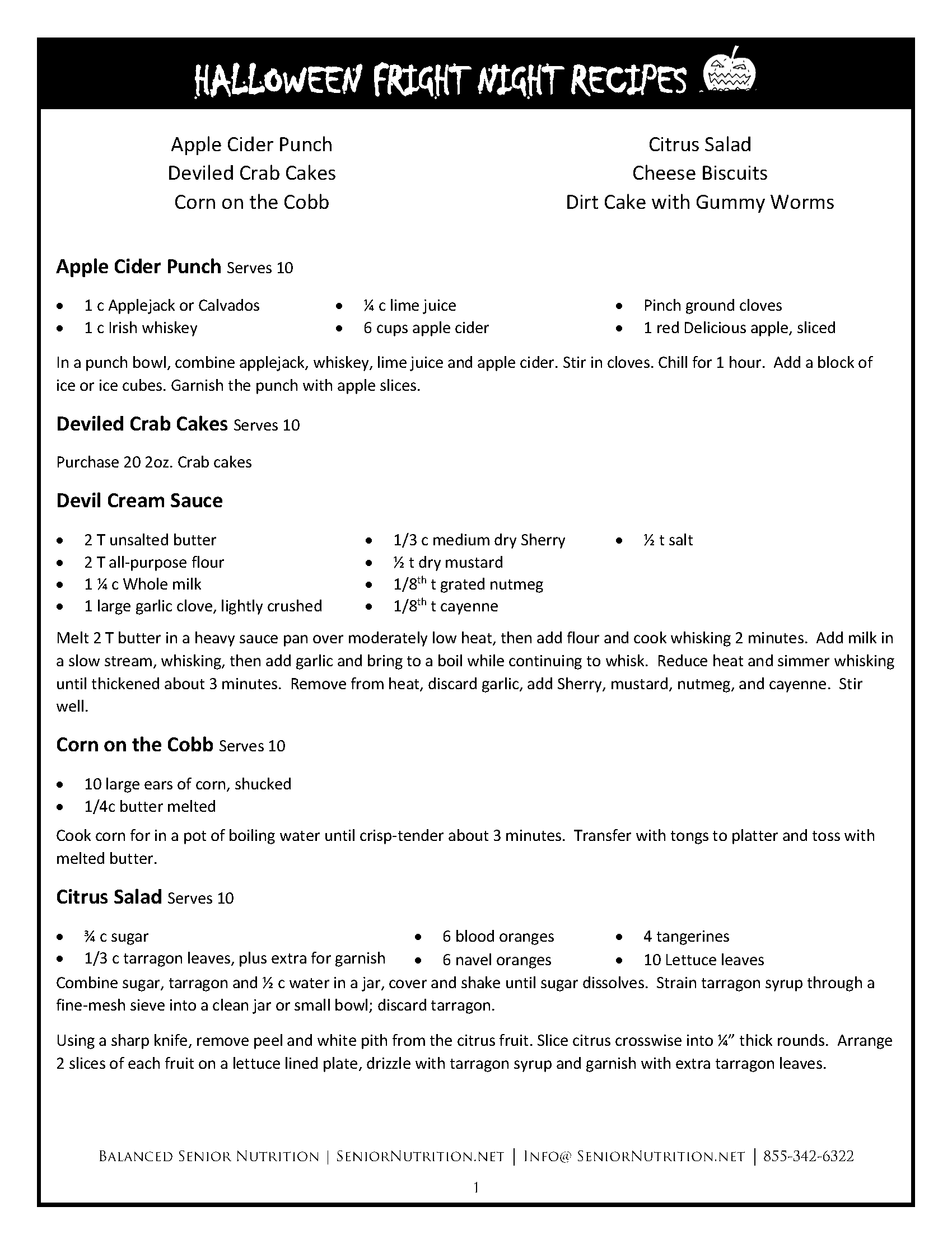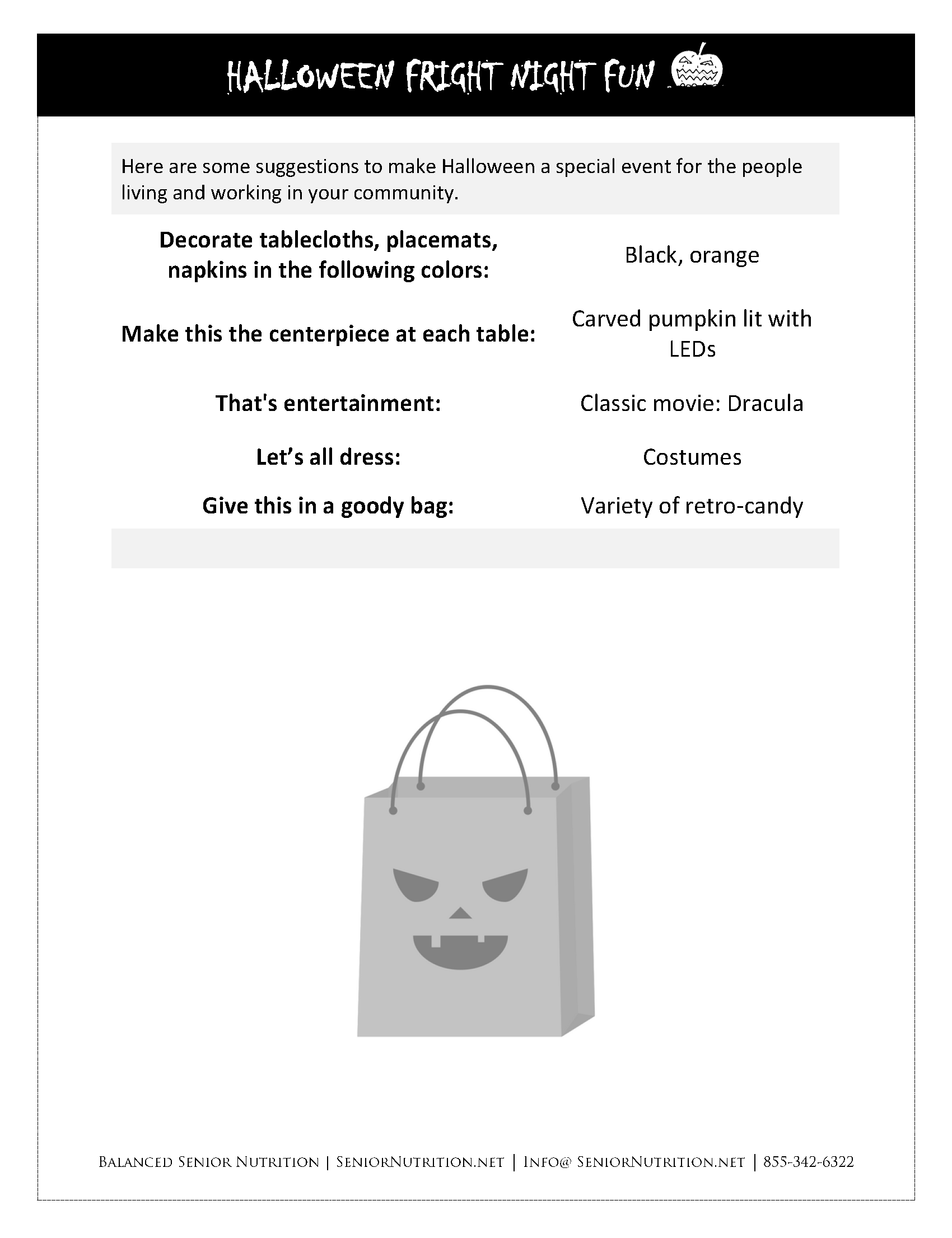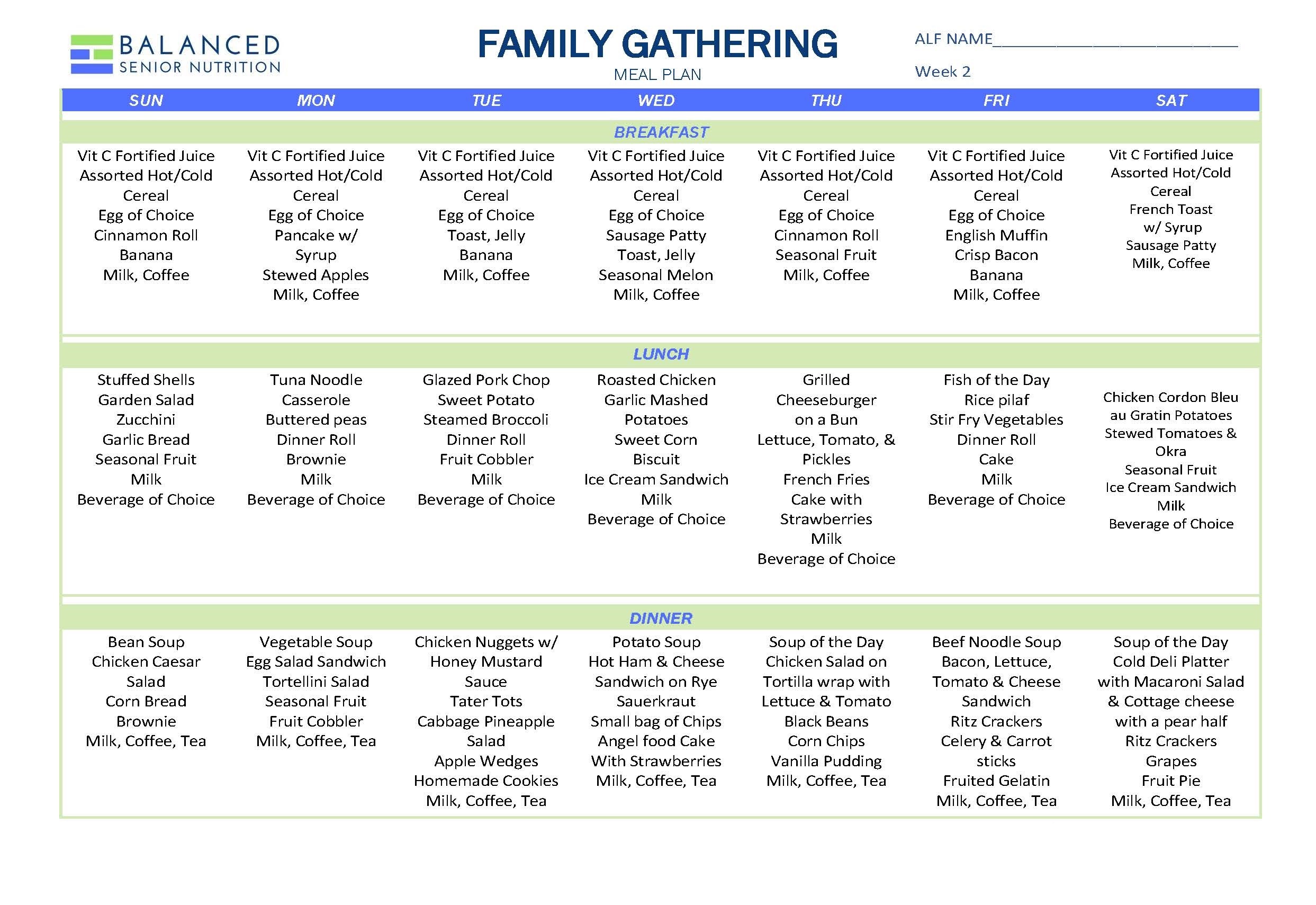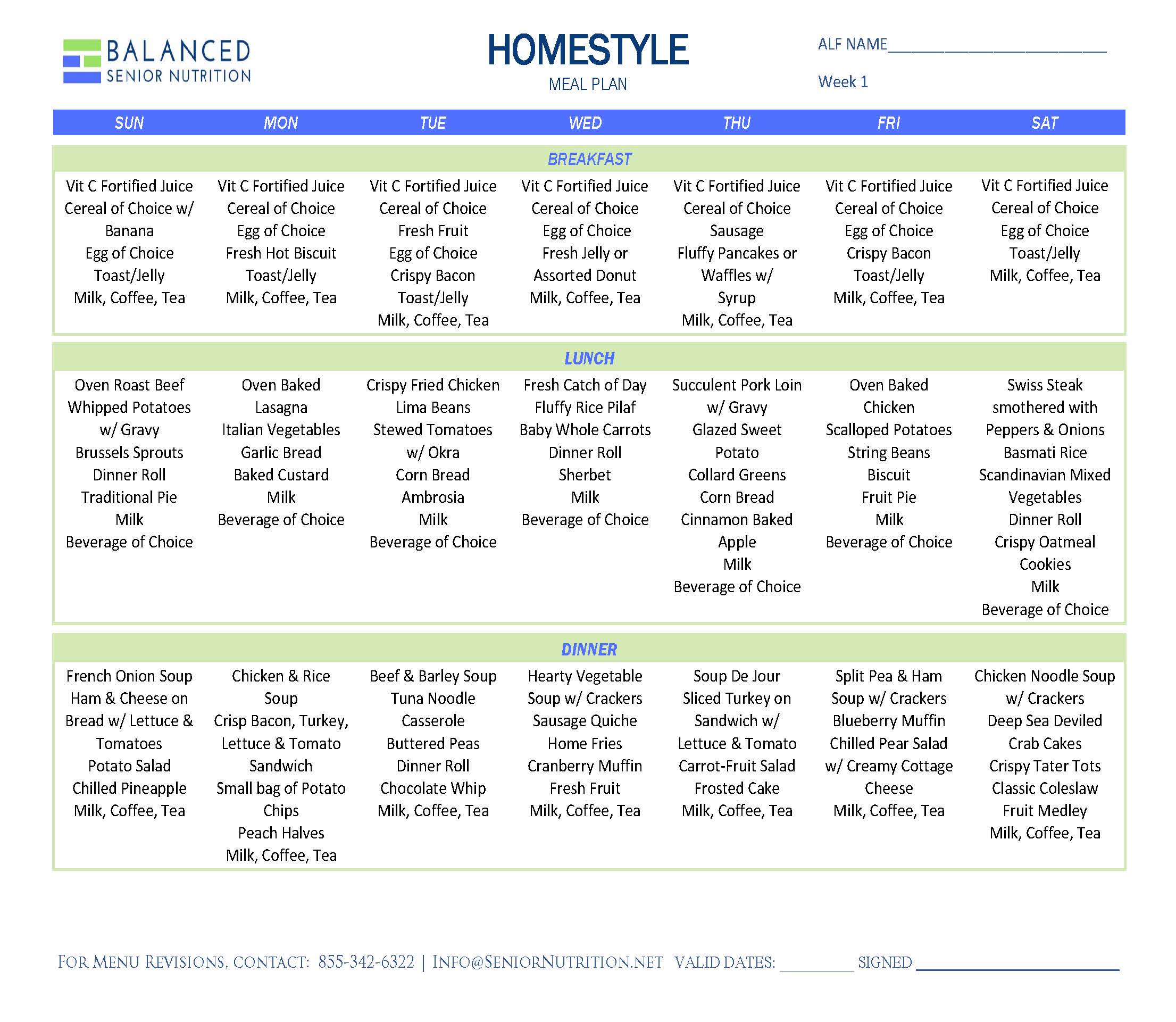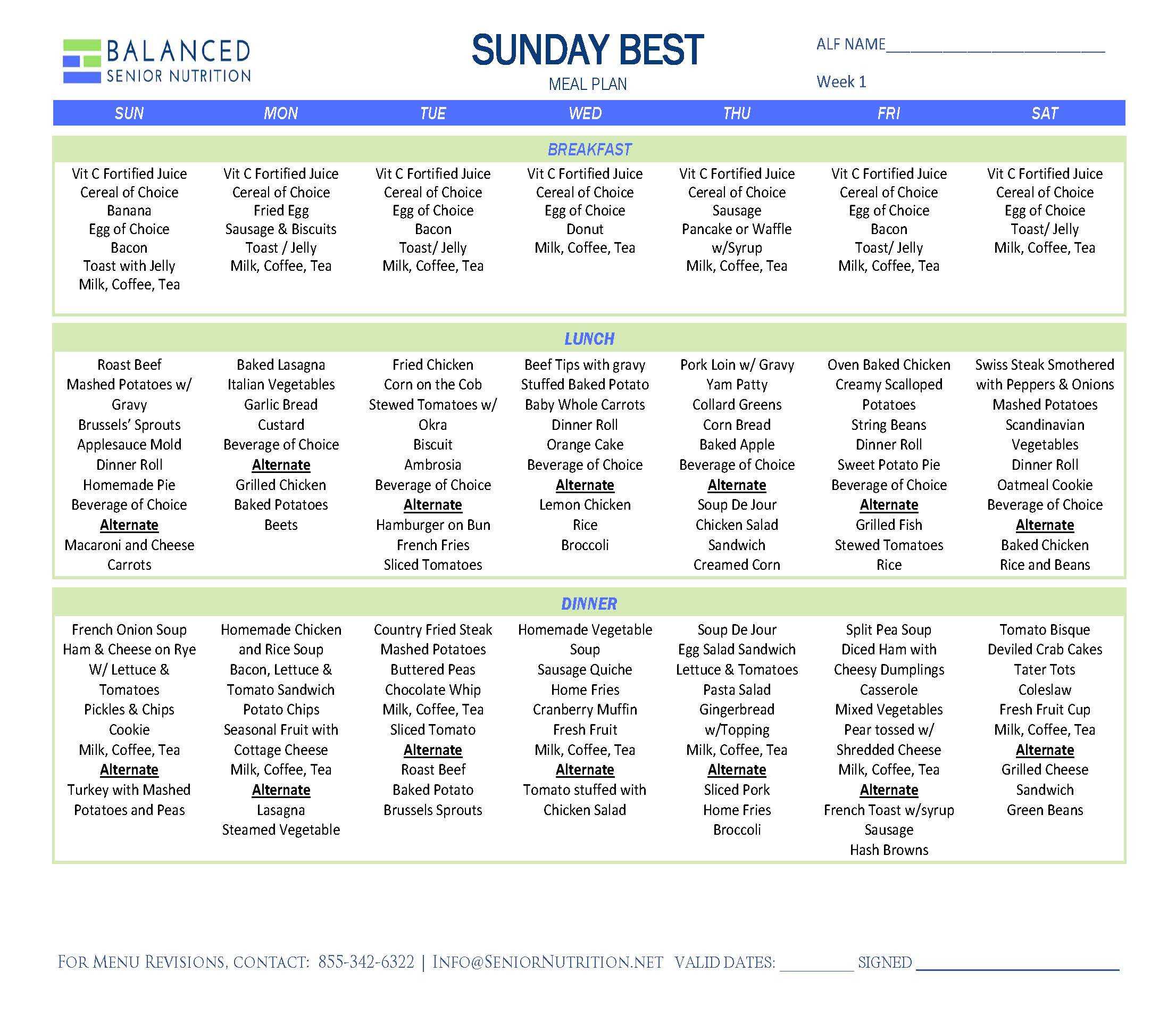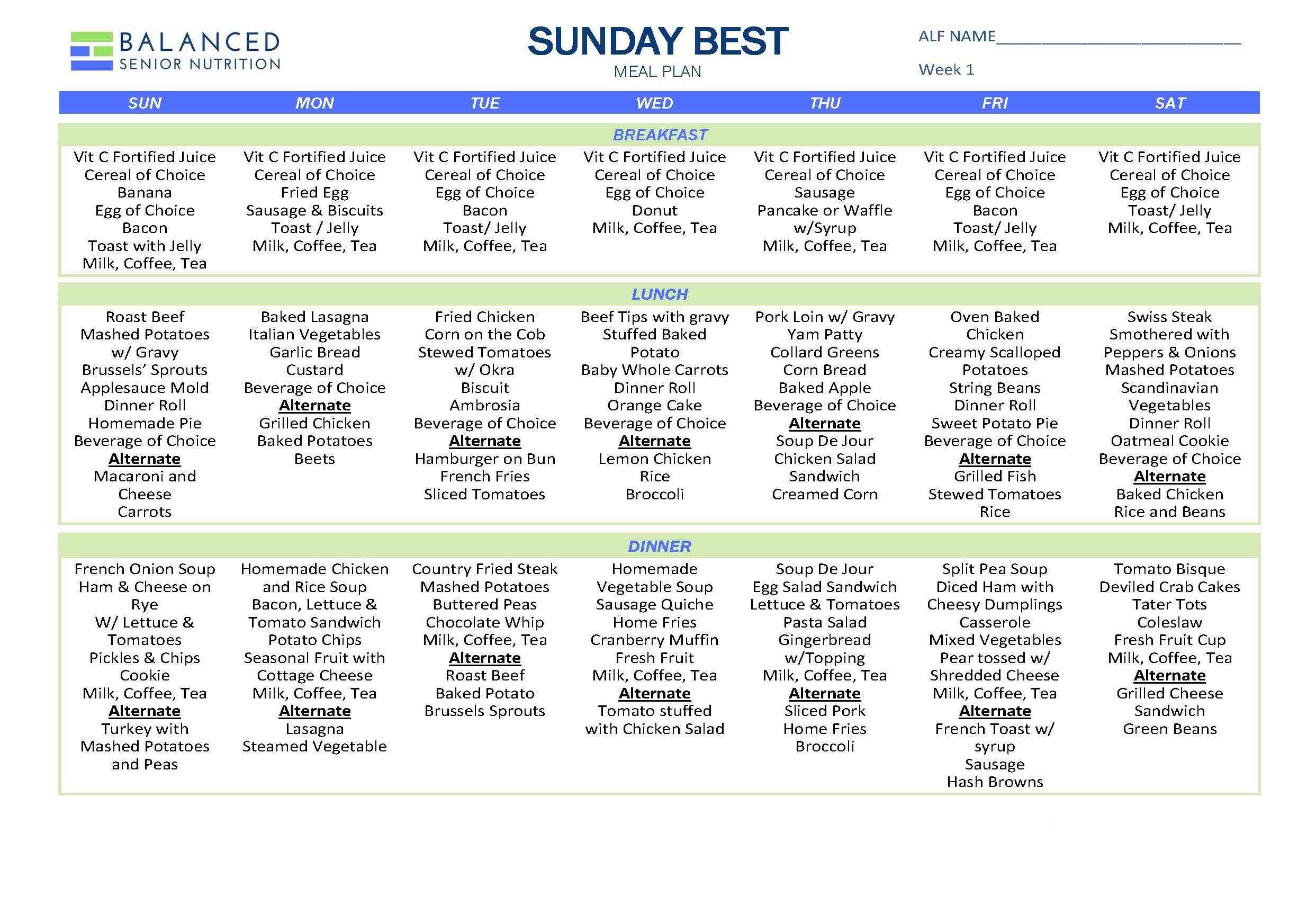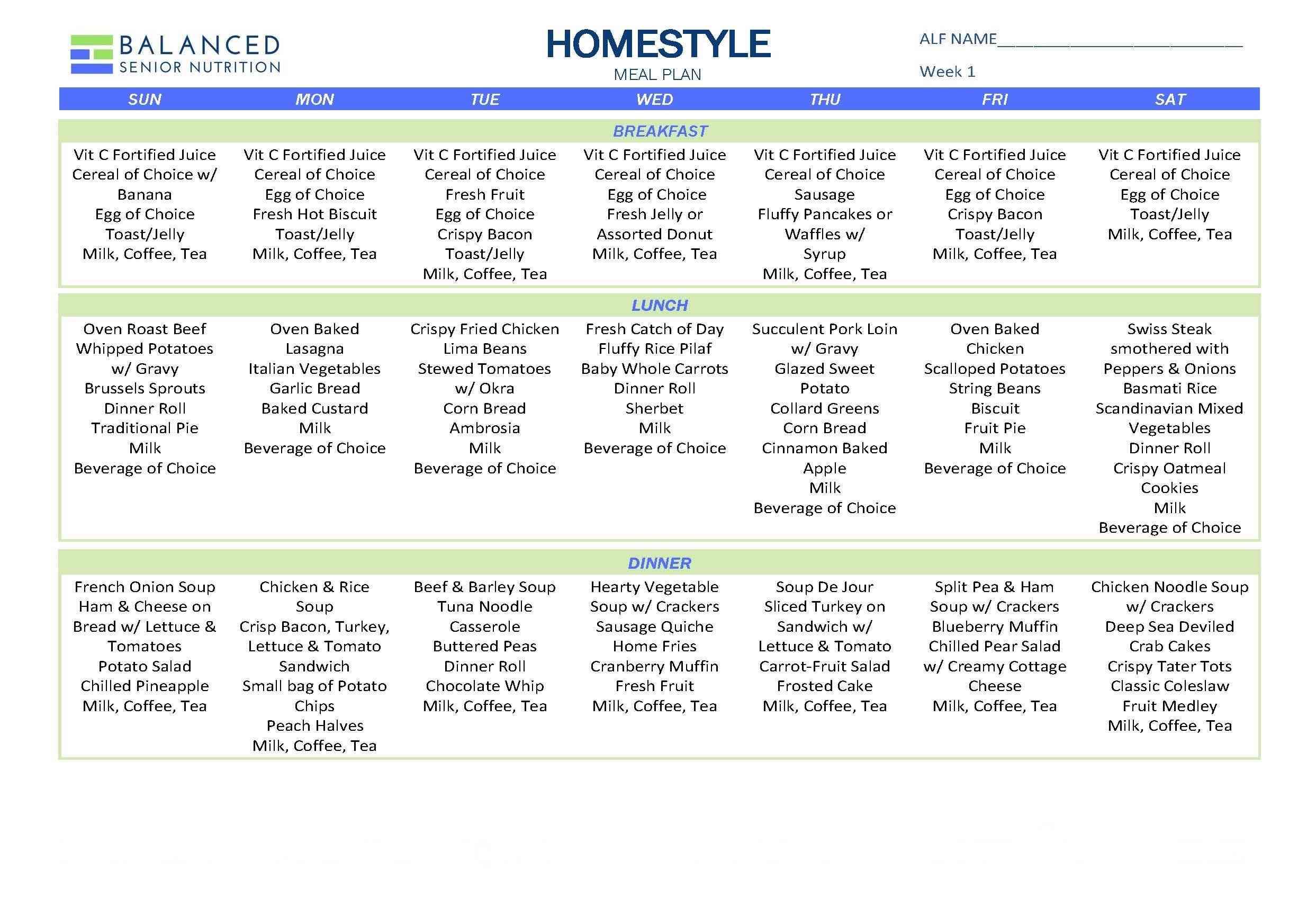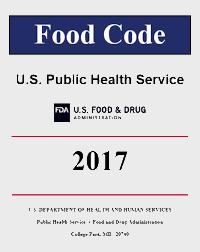 With the new year upon us, we continue to explore ten things to think about when it comes to making 2019 the best possible year for your community. We all want to avoid citations, make food safety a priority, keep costs down, and focus on person-directed dining practices.
With the new year upon us, we continue to explore ten things to think about when it comes to making 2019 the best possible year for your community. We all want to avoid citations, make food safety a priority, keep costs down, and focus on person-directed dining practices.
Both nursing homes and assisted living facilities have state and federal requirements for food service that are strongly guided by the U.S. Food and Drug Administration’s (FDA), Food Code. The Food Code represents FDA’s best advice to address the safety and protection of food offered in licensed long term care facilities. We recommend you review the changes in the 2017 update and adopt some new food safety practices to be compliant with regulations AND keep everyone safe. The benefits associated with complete and widespread adoption of the 2017 Food Code as statutes, codes and ordinances include:
- Reduction of the risk of foodborne illnesses within food establishments, thus protecting consumers and industry from potentially devastating health consequences and financial losses
- Uniform standards for food safety that reduce complexity and better ensure compliance
- The elimination of redundant processes for establishing food safety criteria
- The establishment of a more standardized approach to inspections and audits of food establishments
This post highlights some revisions to the Food Code 2017 that are important to know.
Do you rely on the fixed thermometer of your warewashing machines to make sure items are sanitized? You may want to read this.
4-302.13 Temperature Measuring Devices, Manual and Mechanical Warewashing
(A) In manual warewashing operations, a temperature measuring device shall be provided and readily accessible for frequently measuring the washing and sanitizing temperatures. (B) In mechanical WAREWASHING operations, an approved irreversible registering indicator or waterproof maximum registering thermometer shall be provided and used regularly for measuring the final rinse temperature at the utensil surface. Reliance on a machine’s fixed TEMPERATURE MEASURING DEVICE to determine if SANITIZATION has been achieved can be problematic as these devices are not routinely calibrated and may be in disrepair even if the machine itself is working properly. The use of a field temperature indicator (or similar) in conjunction with the fixed pressure gauge and fixed TEMPERATURE MEASURING DEVICE is appropriate to determine if SANITIZATION has been achieved.
Irreversible temperature indicators are adhesive thermometers for unassisted control of the maximum temperature reached by a product/device. These indicators have temperature points which act as temperature sensors, changing their color permanently once they have achieved/exceeded their temperature rate.
Don’t think you need a plan for when a person vomits or has a diarrheal event? You may want to read this:
2-501.11 Clean-up of Vomiting and Diarrheal Events.
A FOOD ESTABLISHMENT shall have written procedures for EMPLOYEES to follow when responding to vomiting or diarrheal events that involve the discharge of vomitus or fecal matter onto surfaces in the FOOD ESTABLISHMENT. The procedures shall address the specific actions EMPLOYEES must take to minimize the spread of contamination and the exposure of EMPLOYEES, consumers, FOOD, and surfaces to vomitus or fecal matter.
To make it easy for you to create a plan to deal with these potential situations, we would like to offer a PDF with guidelines for responding to vomiting and diarrhea in food service establishments to get your started on creating your own procedures. (see below)
Do you have a plan for preventing and controlling pests in your kitchen? If not, read on.
6-501.111 Controlling Pests
A control program can reduce the chances of an infestation by teaching staff the signs of insects and vermin. These lessons include:
- Minimizing the time that doors are opened.
- Removing trash promptly and use trash can lids when not in use.
- Following the cleaning schedule.
- Eliminating places where pests can harbor.
- Reporting signs of insects and vermin such as droppings in the store room, chew holes in food wrappers, and nesting immediately to the Food Service Manager.
If a worker shows up to work under the weather, do you just send them home? That’s not what the food code states.
8-304.11 Responsibilities of the Permit Holder.
(D) Immediately contact the REGULATORY AUTHORITY to report an illness of a FOOD EMPLOYEE or CONDITIONAL EMPLOYEE as specified under 2-201.11(B).
2-201.11(B): If a food employee has been diagnosed with Norovirus it must also be reported to the regulatory authority.
This one is easy. The Food Code specifies that the Person in Charge is to exclude or restrict a food employee who exhibits, or reports a symptom, or who reports a diagnosed illness or a history of exposure to Norovirus.
We hope that this post has helped to show you where you may need to do some work in keeping your community as safe as possible from communicable and foodborne illnesses. As mentioned above, get your free copy of the PDF with guidelines for responding to vomiting and diarrhea in food service establishments. Guidelines for Responding to Vomiting and Diarrhea in Food Establishments.
BSN Solutions can help your long-term care community follow the 2017 Federal Food Code. Give us a shout; we’re expecting you.
